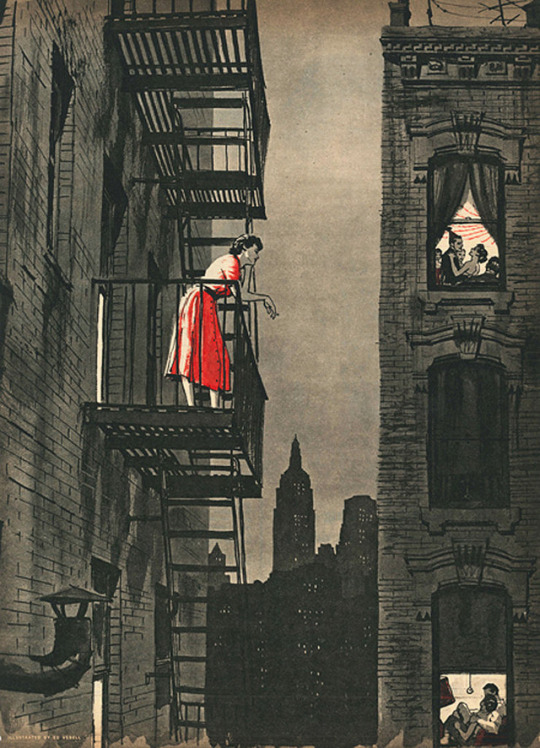Text
You don’t have to be grateful that it isn’t worse.
655K notes
·
View notes
Text
I still think the little girl who is the world's most skilled at summoning earthworms has to be, like.. that's the most interesting person alive. I wake up at night and remember that this fucking 6-or-whatever-year-old can just. Do that. That's terrifying. I hate knowing this. But again, at the same time, I wonder about it constantly. The whole thing is supposedly a skill passed down through families. People have been honing this ability for fucking CENTURIES. But this little tiny child absolutely blows everyone else out of the water just by summoning HUNDREDS OF EARTHWORMS
98K notes
·
View notes
Text
American toadstool

Chanterelles, King Boletes, Waxcaps, Cauliflower Corals, and Destroying Angels, oh my!
In the rain-logged woods around the Finger Lakes a mesmerizing viewscape has unfolded before our eyes over the past couple of weeks: A bloom of fantastically shaped and richly hued (from alabaster white to deep purple, with various shades of orange, yellow & red in between) fungi. The conditions — hot, humid late summer weather and a prolonged (almost) daily dowsing of heavy rain in the early part of the month — have been perfect for a spectacular, if ephemeral, show put on by subjects of the fungi kingdom in the hills and valleys around the Cornell University campus. We’re hoping that many of you are able to get out and take in this remarkable performance of nature sometime this fall—either here in upstate/south central NY or in your own corner of the woods — before colder, mushroom-killing temperatures, dry spells, and overly busy schedules get in the way. And by way of incentive—if you need it—we recommend a browse through a classic of American mycology, Toadstools, Mushrooms, Fungi, Edible and Poisonous: One Thousand American Fungi, by American mycology maverick Charles McIlvaine. First published in 1900 (with a 2nd to follow in 1902), this 700+ page volume provided the United States with its first comprehensive textbook on the mushrooms found in American forests and fields. Mann is fortunate to own two copies of the 1900 edition, on of a signed author’s edition–the 194th of 300 printed.
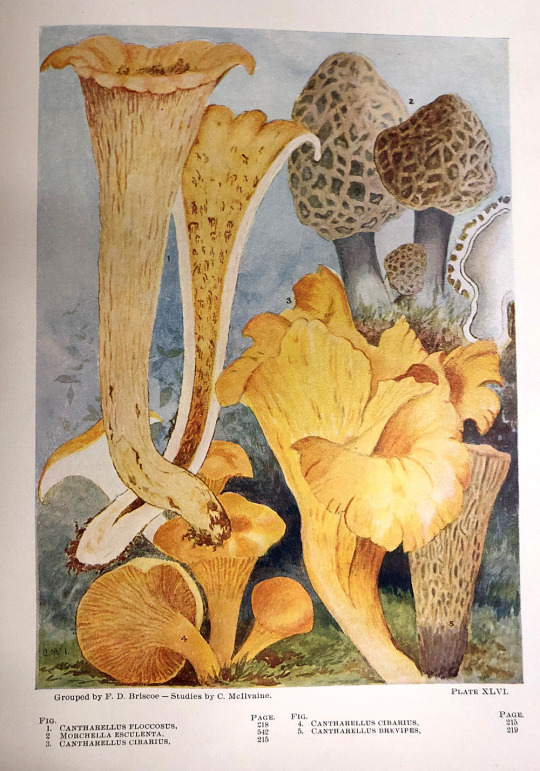
A veteran of the Civil War, Charles McIlvaine found his calling as a self-taught mycologist passing through the woods near his West Virginia home one day. Intrigued by a fascinating bloom of fungi found on a horseback ride through a patch of recently burned Appalachian forest, McIlvaine stuffed his saddle bags full with samples to take home for some adventurous home cooking. Thrilled by the experience, McIlvaine was, from then on, hooked. As an avid mushroom taster he took on on the goal of meeting “[t]he need of the mycologists, mycophagist, and amateur toadstool students” for “a book giving the genus , names and descrriptions of the prominent American toadstools, whose edibility has been tested, or whose poisonous qualities have been discovered.” By the time his tome was published in 1900, he had recorded tasting over 600 mushrooms himself–where only a few years earlier the USDA had a mere 15 species to recommend as safely edible. McIlvaine relished the quest of introducing new forest delicacies to a wider public–but in the process also happened across many a species poisonous enough to produce, in his words, “unpleasant results.”

Modern mycology certainly cautions against McIlvaine’s “try it and see” zeal (there are, after all, mushroom species so toxic that hapless consumers face a 50 to 80% chance of death from failing organs within 24 hours of ingestion). For his undaunted daring-do style, McIlvaine earned himself the nickname Old Ironguts. Yet his passion for mushroom discovery and the care with which he took to compile a remarkably comprehensive tome also earned the man a more venerable distinction too: the honor of having the North American Mycological Association’s journal, McIlvania, bear his name.

McIvaine credits a number of contributors to his chef d'oeuvre, some eminent leaders in the botany field such as Missouri Botanical Museum Director William Trelease, others fellow amateur naturalists, such as Lawrence William Nuttall, who, like McIlvaine himself, helped make important contributions towards a better understanding of the natural world around us despite little formal training in science. In keeping with McIlvaine’s own personal interest in the fungi kingdom, Toadstools also provides a 15 page section featuring tried and true mushroom recipes recommended by number of cooks familiar with the culinary possibilities to be found in the fungi kingdom. Among that contributor line-up: celebrity cookbook author and 19th century American home economist Emma P. Ewing–who in the 1890’s served as Dean of the famed Chatauqua Assembly (later renamed the Chatauqua Institution) in western New York., where McIlvaine himself was, for a time, also an honored member–until personal scandals involving alcohol and unorthodox romantic relationships led to his expulsion.

McIlvaine’s eccentricities aside, his remarkable book — replete with carefully collected observations, information on scientific nomenclature, fun prose, line drawn sketches, and some rather lovely full color plates (illustrators for the book included McIlvaine himself, along with Val Starnes and Frank D. Briscoe)—does much to convey not only a store of hard facts about mushrooms found across the American countryside, but also the anticipation of weird and wonderful things to be discovered with any good mushroom hunt. Mycology is known to be one of those fields of modern science where dedicated amateurs — today known as citizen scientists — have and continue to play an important role in advancing the frontiers of knowledge. Certainly this side of the Atlantic, the late 19th century contributions of Charles McIlvaine and his collaborators, played an important part in shaping this lively, promising legacy.
526 notes
·
View notes
Text
do tumbleweeds actually blow around in the southwest or is that a myth…?
263K notes
·
View notes
Photo
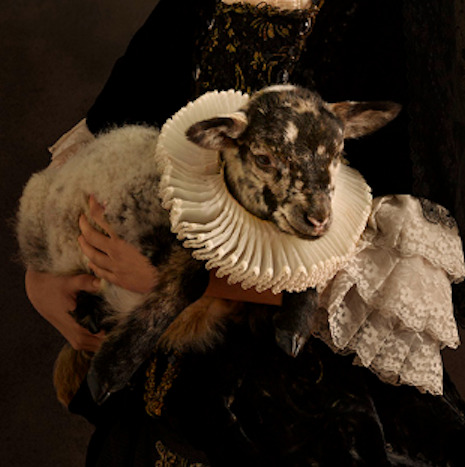
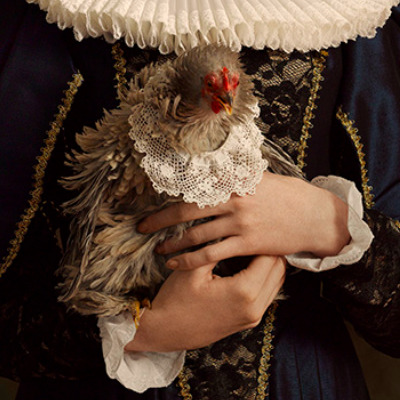
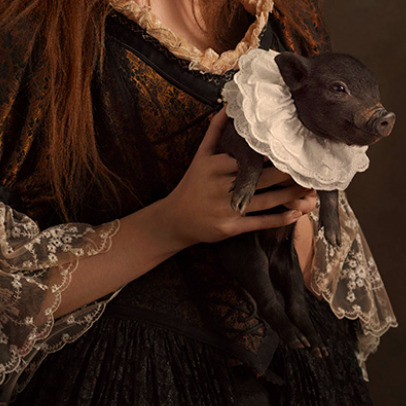


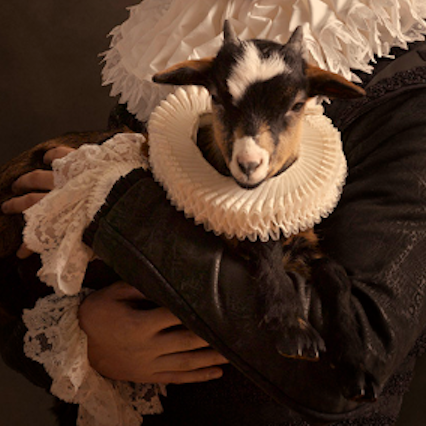
Details from Sacha Goldenberg’s “Flemish Painting” series.
84K notes
·
View notes
Text
my mind says college but my heart says isolated sheep herder in Iceland
894K notes
·
View notes
Text
me when someone asks what’s wrong with me: are u ready
202K notes
·
View notes
Text
Why Yule Needs to Stay Creepy
“…There’ll be scary ghost stories and tales of the glories of Christmases long, long ago…”
So I have been thinking about our Contemporary conceptualization of the Christmas season a lot lately and it’s kind of interesting. So many things we associate with Christmas – Christmas trees, greeting cards, Santa Claus, his reindeer and elves, gift-giving in general – all of these things came into vogue in the 19th Century and are very sticky-sweet, in my opinion. They’re lovely, but not filling. If we just scratch the surface of the Christmas we know and love and peek back into its history, we find something much meatier.
Before the cheerful Christmas tree, a number of other plants were associated with Christmas. The holly, associated with sacrifice and the blood of Christ, and the parasitic mistletoe, associated with the death of Baldur in Norse mythology – these were the plants associated with Christmas before the Christmas tree became the standard.
Also, the Yule log. The Yule log, meant to provide light on the darkest night of the year, was a magic charm in and of itself. If it did not burn through the night, it would be a terrible omen. By watching the fire and coals of the Yule log, one could also predict who would give birth and who would die in the coming year.
When our simple Santa Claus is reduced to his predecessors, one is left with Odin, ancient Norse God of battle, Saint Nicholas, the canonized former bishop of Turkey, and Father Christmas, the hard-drinking gluttonous representation of holiday merriment. And all of them brought ghastly friends – Odin, the spirits of the Wild Hunt and Saint Nicholas, his helpers (including Knecht Rupert, Krampus, etc.). Father Christmas, more of a personification of the season than a night visitor, undoubtedly brought many hangovers.
Before stories about reindeer, snowmen, or things of that ilk, there were ghost stories. Charles Dickens did not invent the Christmas ghost story in “A Christmas Carol,” but popularized an already-existing folkloric trend. If we look to the old tales of Christmas, we find stories about witches that rode the night air, cursing the birth of the Savior. There are stories about fairies, ghosts, and Devils that wreak havoc, frightening livestock and damaging property. In an era before television or radio, homemade storytelling was one of the primary forms of entertainment. And winter was the storytelling season.
You also have mumming, wassailing, and caroling – dressing up in colorful costumes and (sometimes drunkenly) begging for money door-to-door. As John Grossman notes in his book “Christmas Curiosities,” Christmas before the Contemporary Period resembles our Halloween more than it resembles the Christmas we know now.
Let us not forget, those of us who acknowledge the Wheel of the Year, that the season of darkness extends from Halloween to Christmas. This darkness only begins to fade when we gain back the Sun at the Winter Solstice. From Halloween to Christmas, the dead may roam the Earth and weird things may happen. In his classic “Mastering Witchcraft,” Paul Huson notes that Yule is not a time for pleasant spell work, but cursing! It is a time of dark magic and mystery. And we need this time. To understand the light, we must understand the darkness – the witches, ghosts, and Devils of the old Yuletide. Like the trees that go dormant, we must embrace the darkness of winter to grow and thrive.
12K notes
·
View notes
Text
becoming vegan because factory farming is unethical is like deciding that since walmart and amazon mistreat their employees you are now going to get everything you need out of dumpsters
83K notes
·
View notes
Text
i wish people would stop romanticizing not eating breakfast and not getting enough sleep and being dependent on coffee to function and always being in a bad mood and treating yourself poorly because that behavior is very unhealthy for you
418K notes
·
View notes
